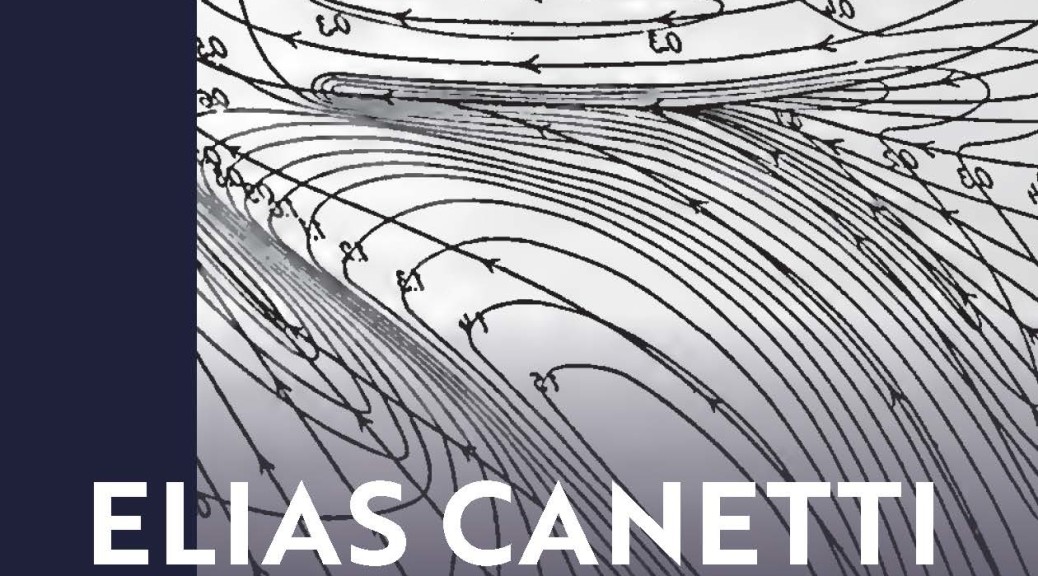Tracking Canetti’s steps in Hampstead…

The Canetti book is now published: https://www.bloomsbury.com/uk/elias-canetti-and-social-theory-9781350344419/
See also on Google Books: https://books.google.com/books?id=-auVEAAAQBAJ
April 20-22, 2022 – online
+ info | https://hiw.kuleuven.be/hua/events/conferences-workshops/mimetic-turn/index.html
my talk | : https://www.youtube.com/watch?v=0dXJ_Lj9Umg
Happy to join the Symposium TEMPORARY – Citizenship, Architecture and City organised by Vando Borghi and Andrea Borsari, on Thu, Nov 11, 2021.
full programme here
+ info | https://da.unibo.it/it/eventi/temporary-citizenship-architecture-and-city-1
An essay from 2008, now freely available here – http://qds.revues.org/892
Invited Speech at – https://www.unitn.it/archivio/events/pensatrasversale2012.html
Abstracts here

Thesis Eleven August 2011 vol. 106 no. 1 73-87
http://the.sagepub.com/content/106/1/73.abstract
Abstract
The attempt by Arnason and Roberts to interpret Canetti’s work in the context of social theory is taken here as the point of departure to investigate Canetti’s view on the phenomenon of resistance. Resistance is explored in the context of Canetti’s reflection on power and transformation. Further, it is argued that through his substantive concern for crowds (but also for packs, or small bands), an epistemological challenge emerges for social theory. Canetti gives us some precious insights on phenomena of ambiguous multiplicity, which are neither simple sums of separate individuals nor an ontologized Durkheimian collective. Not only this, he resolutely ventures towards the contingency at the foundation of social order, the ‘just-thisness’ of power, revealing its non-symbolic basis in gestures that impart affects. It is at this level that resistance can be best understood as a movement of liberation from the grip of power.
Canetti and Foucault on the notion of resistance
Distinktion: Scandinavian Journal of Social Theory
Volume 12, Issue 1, 2011, Pages 57 – 78
https://doi.org/10.1080/1600910X.2011.549331
Journal of Classical Sociology November 26, 2010 vol. 10 no. 4 291-314
http://jcs.sagepub.com/content/10/4/291
https://doi.org/10.1177/1468795X10379675
Abstract
A discussion of the works of Tarde, Canetti, and Deleuze reveals some common insights into a social epistemology that rejects both methodological individualism and methodological holism. In this respect, the debate on crowds in the last quarter of the nineteenth century is particularly interesting because it is the historical context within which the individualist and holist epistemologies took shape. Arguably, that debate is still rich and inspiring today insofar as it can be said to open the problem field of the relationship between the individual and the group in social thought and sociological theory. Despite several differences, Tarde, Canetti, and Deleuze converge on a concept that can be termed ‘multiplicity’. It includes phenomena like crowds and packs (or ‘sects’, in Tarde’s terminology) that are properly speaking neither subjects nor objects. The concept provides a prism that also has relevant consequences for an understanding of the processes of imitation and leadership.
in Giuseppe Campesi, Ivan Pupolizio and Nicola Riva (Eds.) Diritto e teoria sociale. Roma: Carocci, pp. 297-318.
http://www.carocci.it/index.php?option=com_carocci&task=schedalibro&Itemid=72&isbn=9788843049271
Critical Sociology, vol. 34(6): 787-802.
http://crs.sagepub.com/cgi/content/abstract/34/6/787
Neither in contemporary sociology nor in legal theory is much attention paid to the theoretical object of commands. This paper explores some features of commands that tend to remain largely invisible in social action, as well as largely under-theorized in the scholarly literature. The analysis draws on early reflection by Elias Canetti and tries to clarify the dynamics of the relationship between law and commands from a sociological perspective. The main claim is that command cannot be reduced to a linguistic entity, but has to be considered in the more complex frame of a direct relationship among subjects and their bodies within a shared space. Explanation of commands is made even more difficult by the fact that they take place in a space that is located ambiguously in between the realm of the subjective and that of the objective, in between passions and institutions.
https://link.springer.com/article/10.1007/s10978-006-0001-0